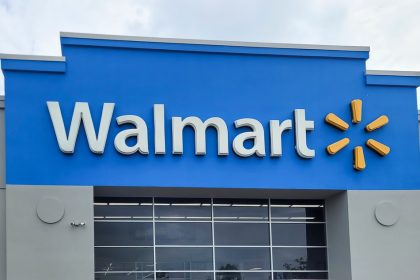Two high-profile incidents of violence on public transit systems have sparked national debate about self-appointed enforcement and racial bias in public spaces.
The cases, occurring in New York City and Washington D.C., share troubling similarities. In both instances, white individuals physically confronted Black performers, claiming to act in defense of other passengers who had not requested intervention.
The New York incident resulted in the death of Jordan Neely, a street performer experiencing a mental health crisis, after Daniel Penny applied a fatal chokehold. Witnesses reported Neely had been yelling but not physically threatening anyone before the confrontation.
“These incidents reflect a dangerous misperception of threat,” says Dr. Rachel Chen, professor of criminal justice at Columbia University. “We’re seeing individuals make split-second decisions based on implicit biases rather than actual danger.”
In Washington, Harold Christy, an investigator with the D.C. Office of the Inspector General, faces misdemeanor assault charges after shoving a Black performer during a subway dance routine. Christy claimed the performance constituted “criminal and dangerous activity,” though no other passengers reported feeling threatened.
Legal experts note the contrasting outcomes. While Penny was acquitted of all charges, Christy remains on administrative leave pending his case’s resolution.
“The legal system struggles to address vigilante violence consistently,” says criminal defense attorney Marcus Thompson. “These cases often expose gaps between public safety concerns and individual rights.”
Transit officials report implementing new safety protocols following these incidents. The Metropolitan Transportation Authority announced expanded mental health services in stations, while Washington Metro increased security personnel during peak performance hours.
Civil rights organizations have called for systemic changes. “Public spaces must be safe for everyone,” says Sarah Martinez, director of the Urban Justice Center. “That includes protecting both passengers and performers from unwarranted intervention.”
The incidents echo historical cases, including the 1984 Bernhard Goetz shootings, where similar claims of self-defense resulted in acquittal despite no clear threat.
Transit ridership data shows no significant increase in performer-related incidents over the past five years, according to federal transportation statistics.















